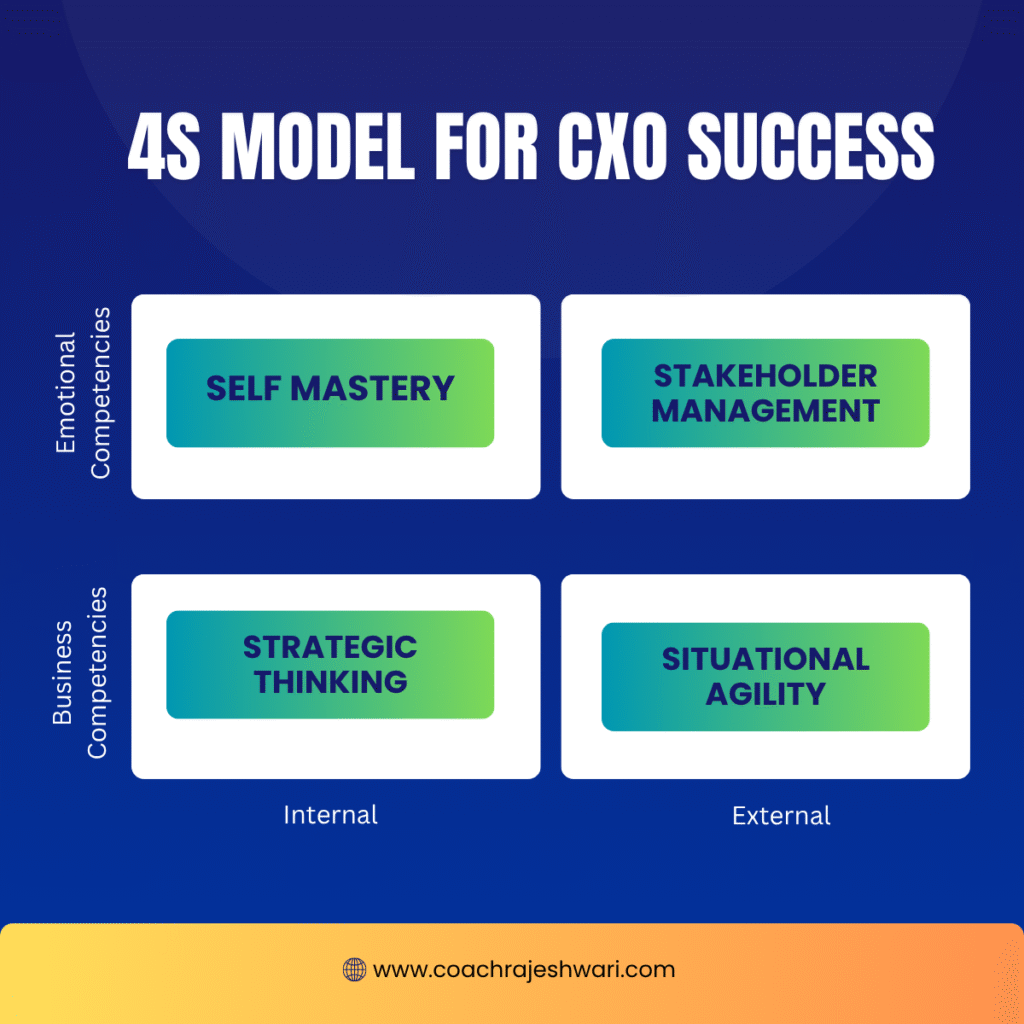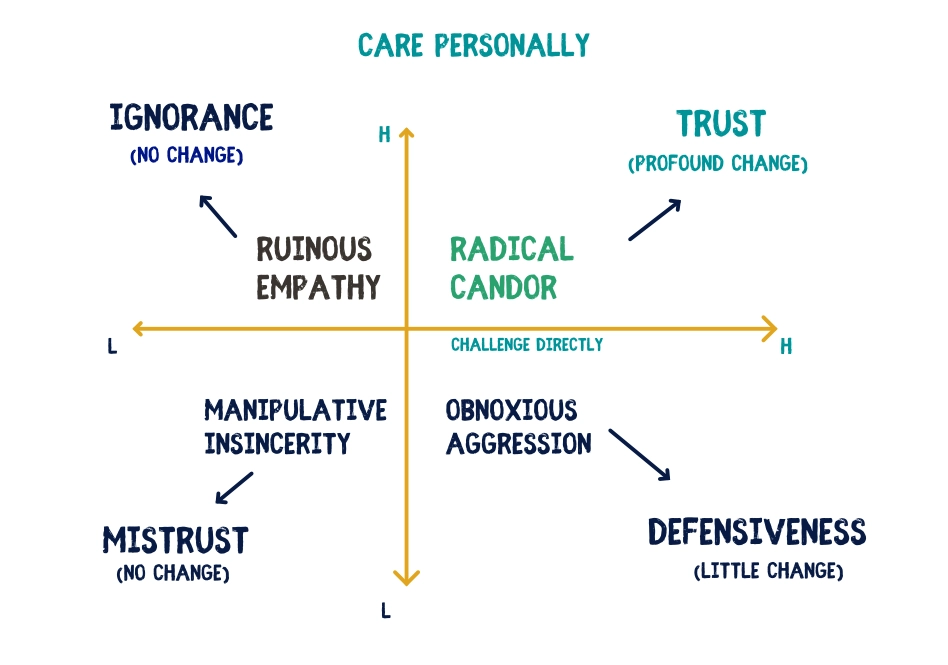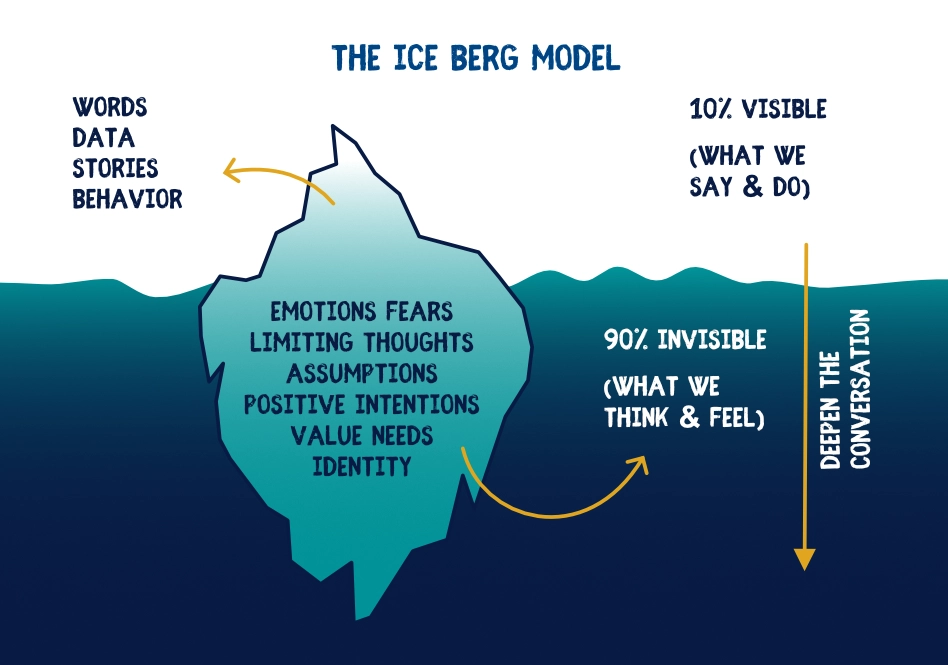
Influence vs Manipulation: Reclaim Your Power to Make a Positive Impact
Let’s be honest – when the topic of Influence comes up, it can make people a little uncomfortable. It’s often confused with manipulation, and that’s completely understandable. No one wants to come across as pushy or self-serving.
But here’s the truth: Manipulation and Influence couldn’t be more different.
💡 Manipulation is about control, self-interest, and often involves hiding the full picture.
💡 Influence, on the other hand, is rooted in empathy, ethics, and mutual respect.
💡 Manipulation says, “What’s good for me?” Influence asks, “What’s good for us?”
💡 Manipulation pushes. Influence invites.
That’s why manipulation tends to create resistance, while influence builds trust, collaboration and results that actually stick.
And here’s the good news – you don’t need a big title or formal authority to be influential. Influence is built through small, intentional actions that create credibility, connection and clarity over time.
So here are 5 practical, psychology-backed habits that help you lead with influence – especially in fast-moving, high-stakes tech environments:
-
Build Rapport First
People are far more open to ideas when they feel seen and respected. Rapport creates a sense of safety – and that’s when influence can really take root.
It doesn’t take grand gestures. Often, it’s the small, thoughtful things that open doors.
🟢 Example: Before jumping into a sprint review, ask: “What’s been the highlight of your week so far?” It shifts the tone from task-driven to human-focused. Even things like dropping a quick DM of appreciation, reacting on Slack, or showing up with coffee now and then build goodwill – and that’s the currency of influence.
-
Use Logic + Emotion
Sure, data matters. But let’s not forget – we don’t make decisions with logic alone. Emotions always play a role, even in the most analytical teams.
When you combine a clear fact with a meaningful outcome, your message becomes far more powerful.
🟢 Example: When suggesting a new tool, say: “This could reduce bug resolution time by 30%” (logic) and “That means fewer late nights fixing issues and more time with family” (emotion). People won’t just understand it – they’ll feel the value.
-
Lead with Positive Intention
People can tell why you’re saying something. If they feel it’s coming from a place of control or criticism, they’ll shut down. But when they sense positive intent, they’re far more likely to engage openly.
It helps to name both your own intention—and theirs.
🟢 Example – Share your positive intent:
“I’m bringing this up because I genuinely want to see you grow into this role.”
or “I thought I’d flag this because I know how much you care about quality – it might help us stay ahead.”
🟢 Example – Acknowledge theirs:
“I know you’re raising this because you’re worried about team burnout – it’s a valid concern.”
or “I get that you’re pushing for speed because the client demo is just around the corner.”
🟢 Example – Frame a joint win:
“The goal here is to make the deployment smoother for everyone—let’s figure out the best way to get there together.”
When you make intention visible, you turn resistance into collaboration.
-
Frame with WIIFM (“What’s In It For Me”)
Let’s face it – everyone listens through their own filter. People are busy, juggling multiple priorities, and looking for relevance. So if you want something to land, speak to what matters to them.
🟢 Example: When you need support from a senior leader, link it to their strategic focus:
“This change could help us cut costs by 15% – which ties in directly with your Q3 priorities.”
When people see how your idea helps them succeed, they’re much more likely to say yes.
-
Ask More, Tell Less
Influence isn’t about having all the answers. It’s about making space for conversation. The more you ask, the more people feel heard…and the more likely they are to buy into the outcome.
Good questions create clarity and reduce defensiveness. They show you’re open, not imposing.
🟢 Example: Instead of saying, “This is the right direction,” try asking ““What do you think we might be missing here?” or “What would make this plan feel even stronger to you?”
Curiosity is magnetic. And it builds trust faster than certainty ever will.
In the end, influence isn’t about being persuasive. It’s about being ‘partnerable.’
It’s that quiet superpower that moves things forward – without pressure, without dominance, and without needing a formal title.
And the best part? You already have access to it – through the way you show up in everyday conversations, the way you listen and the value you offer before you ask for anything in return.
Give Feedback That Inspires Change
What is your relationship with giving feedback? If you’re like…
Use the Iceberg Model for Impactful Communication
Think of communication as an iceberg. Only the top 10%…





